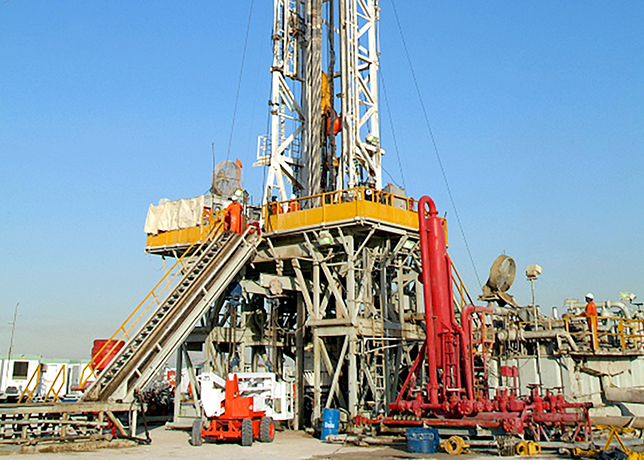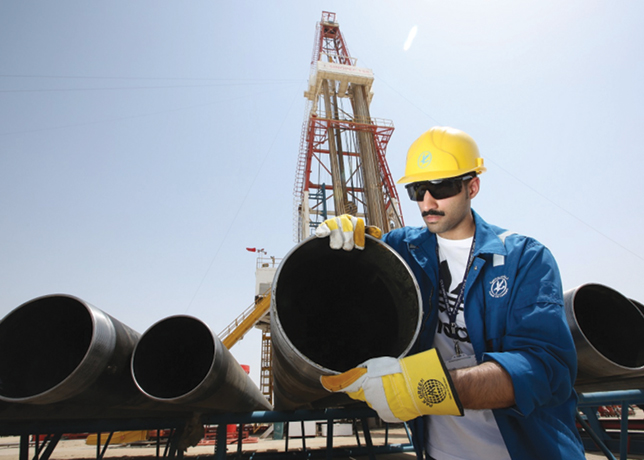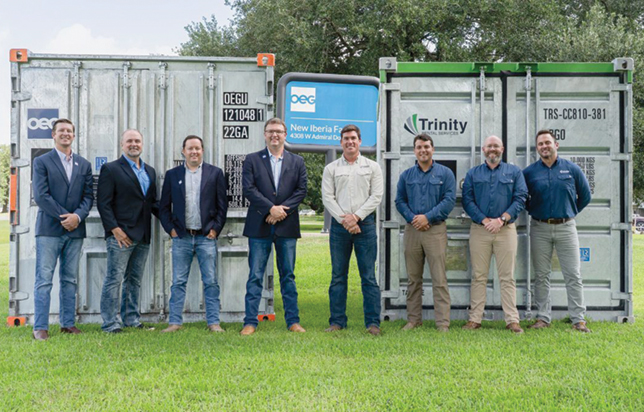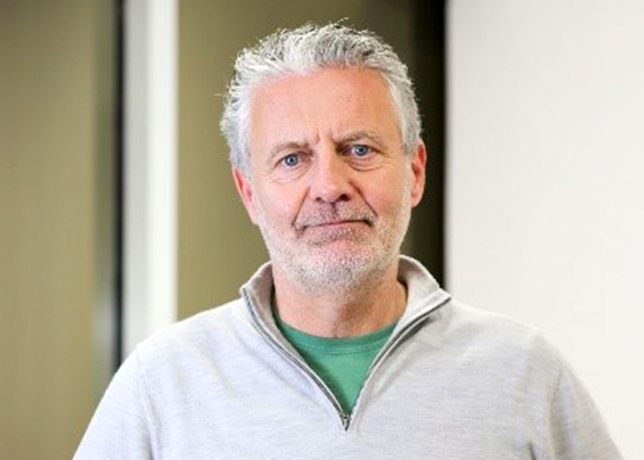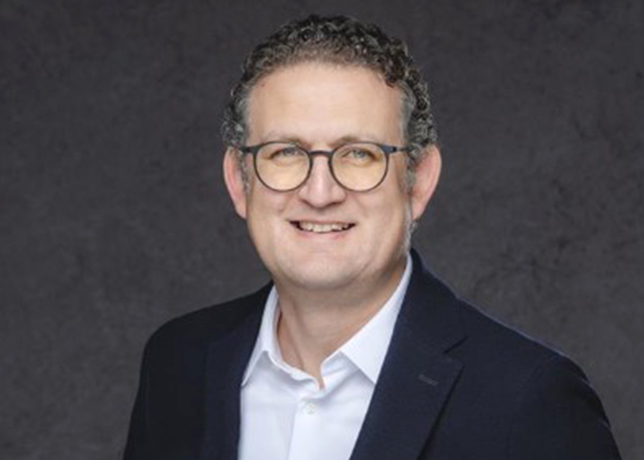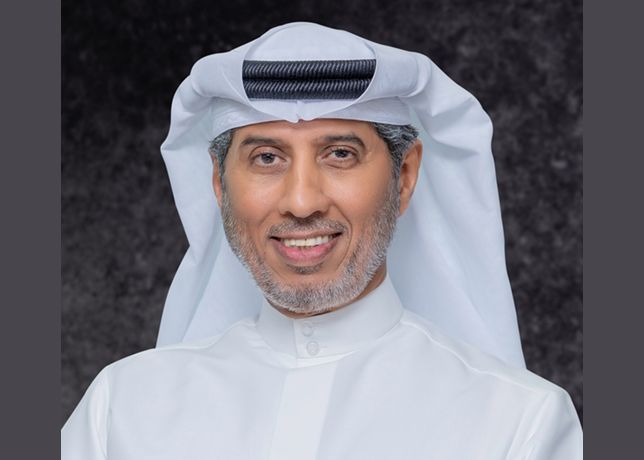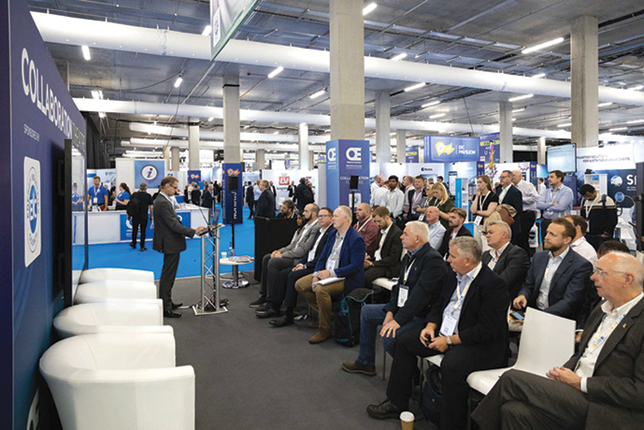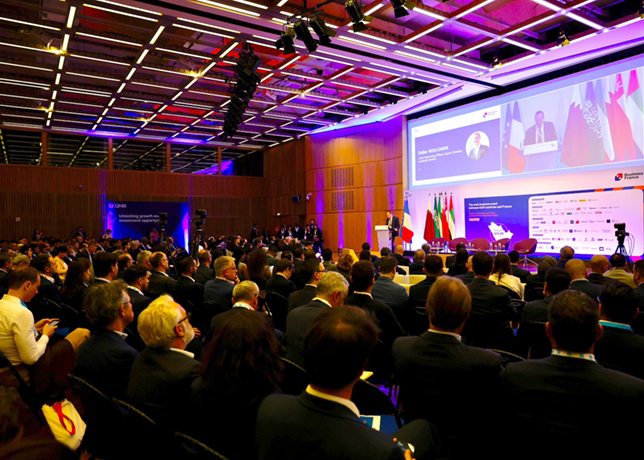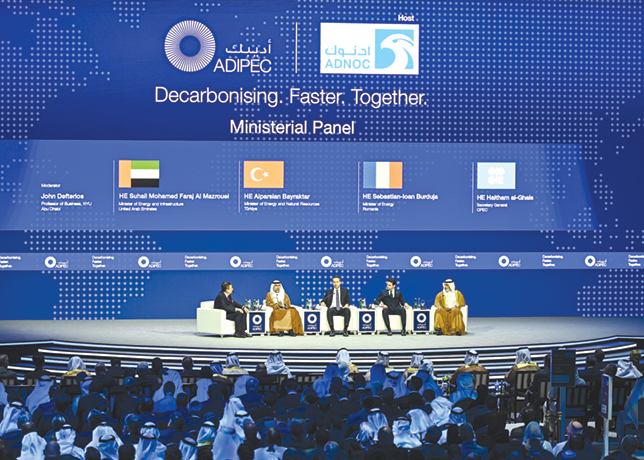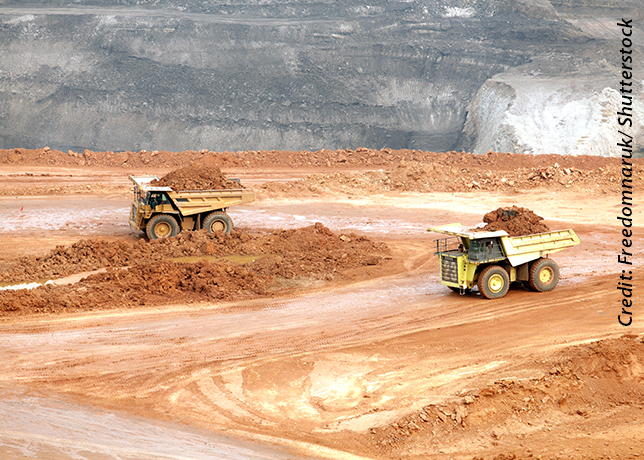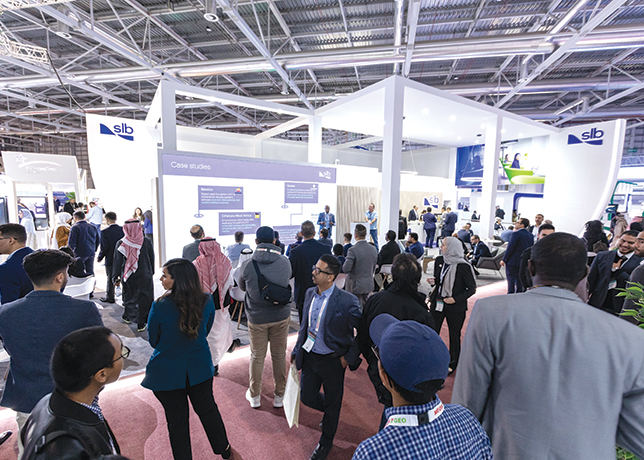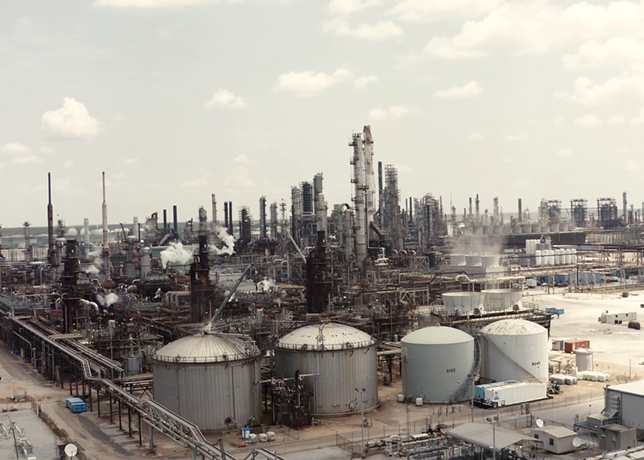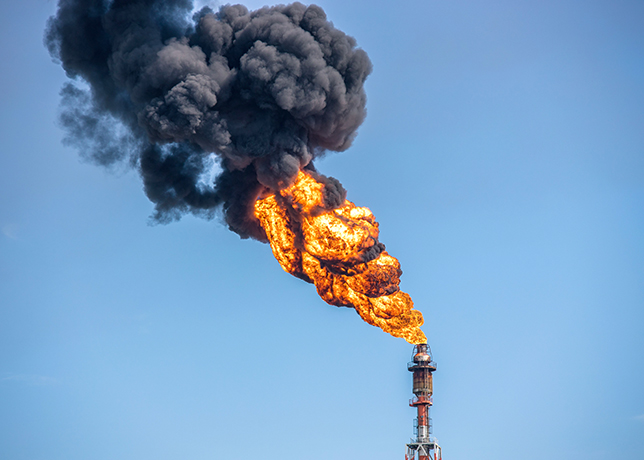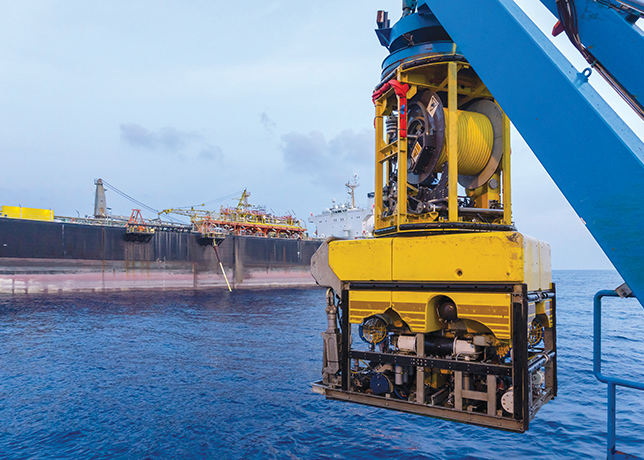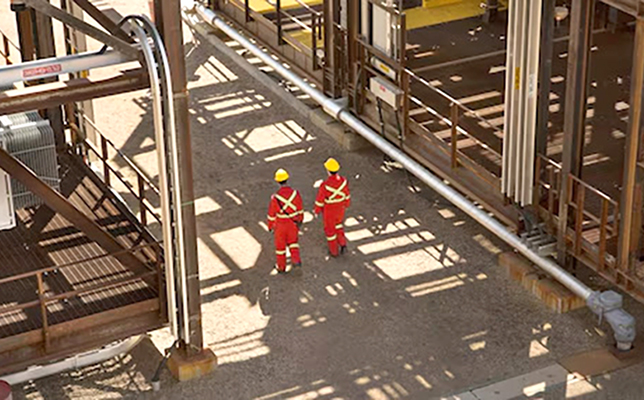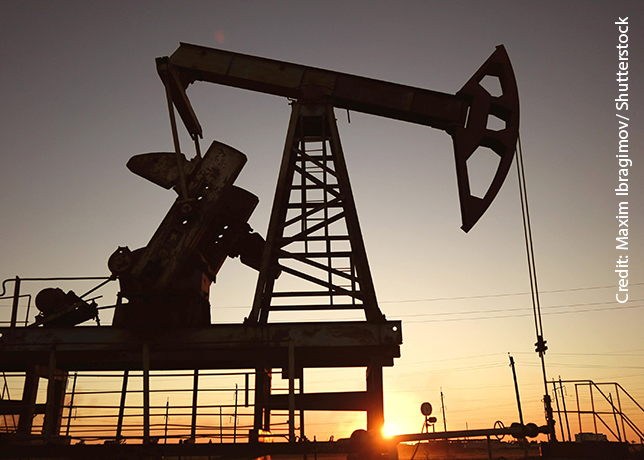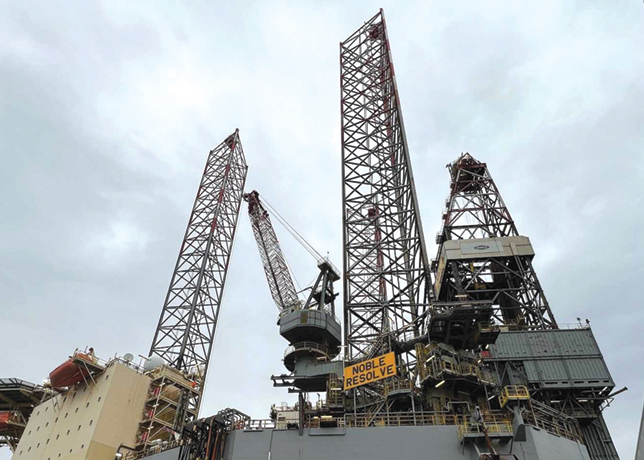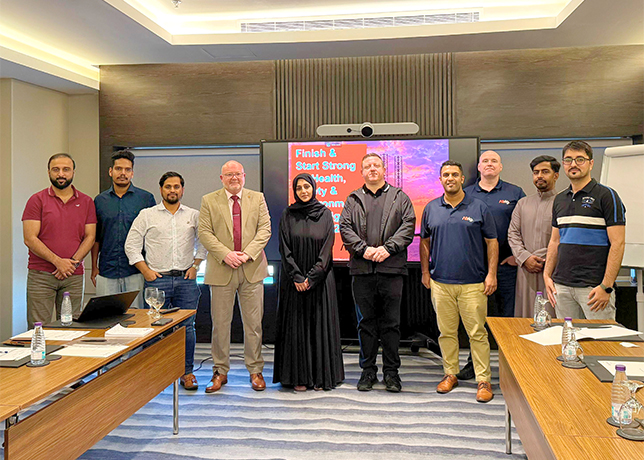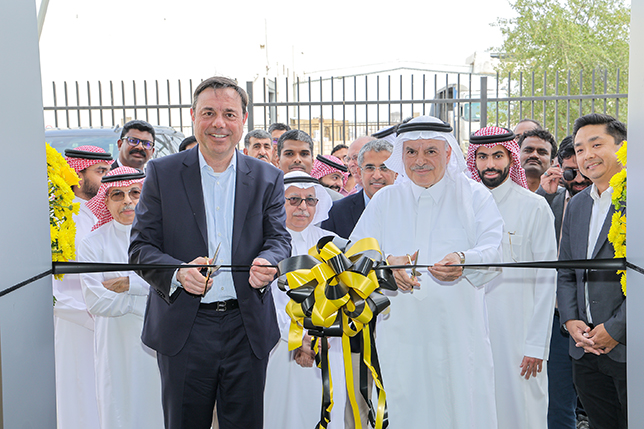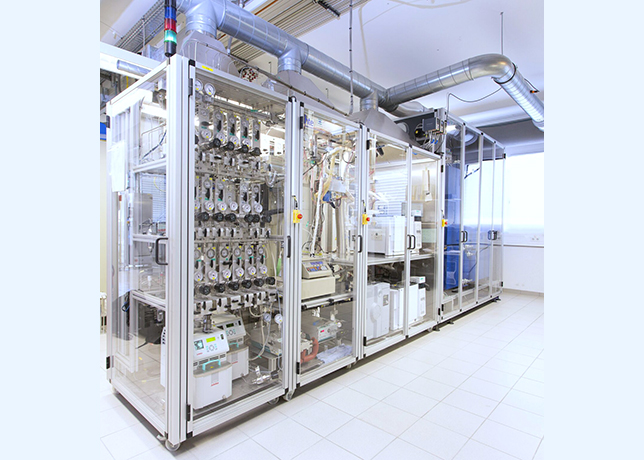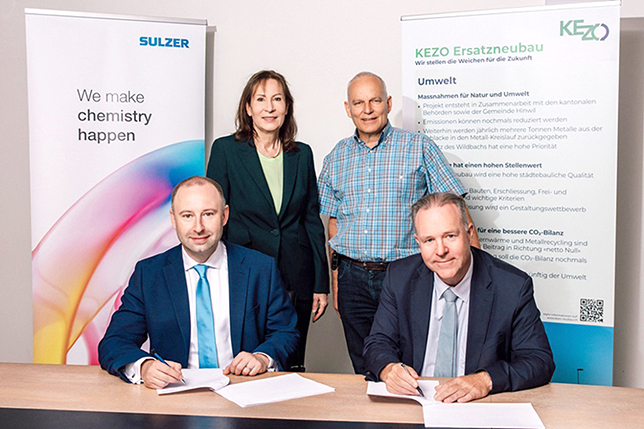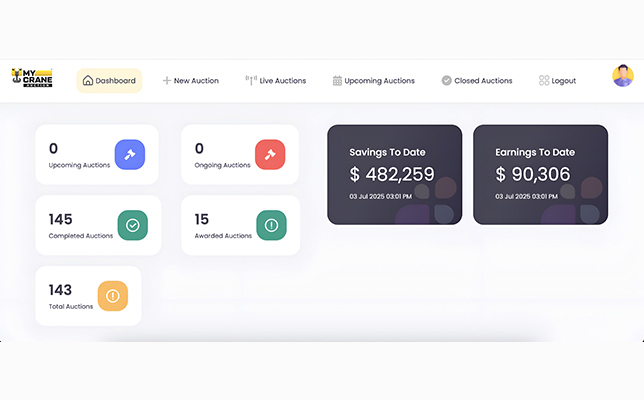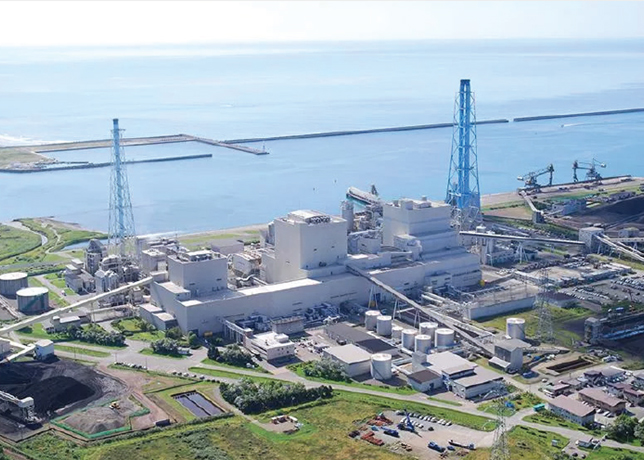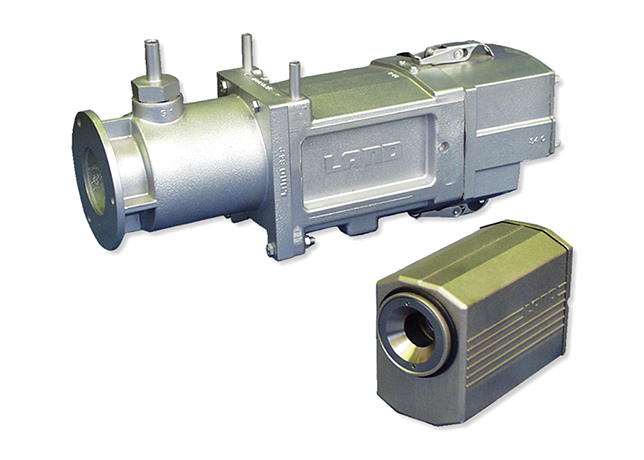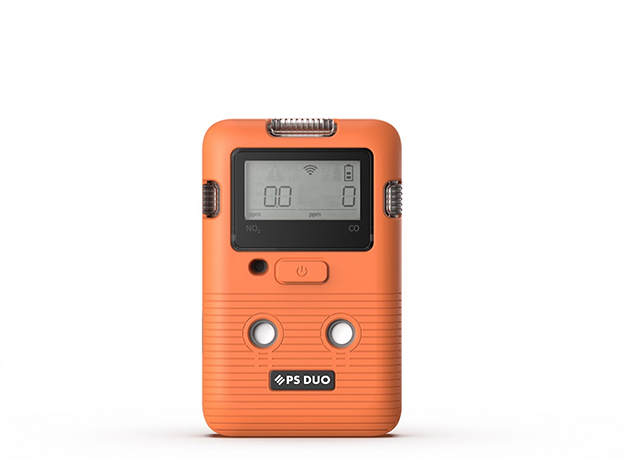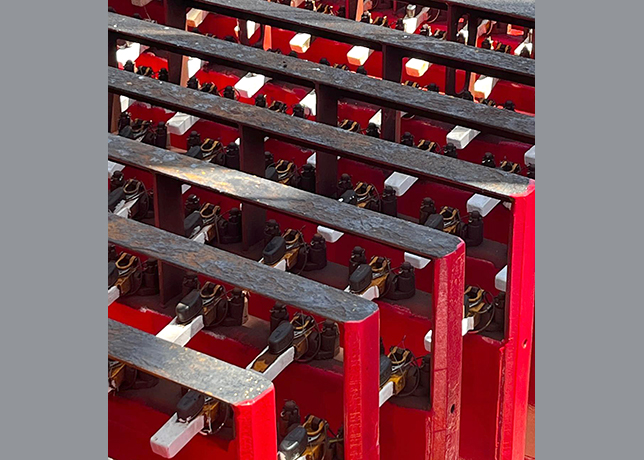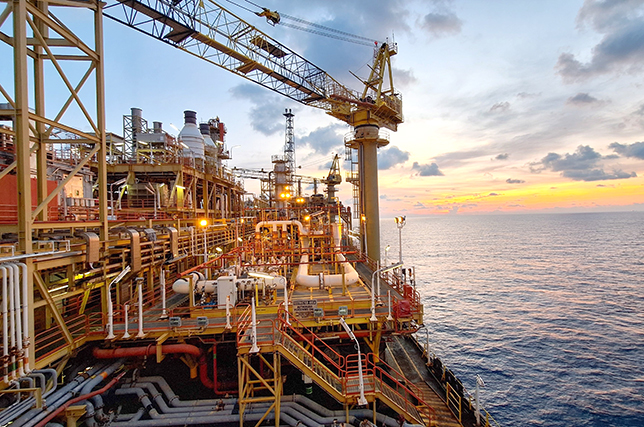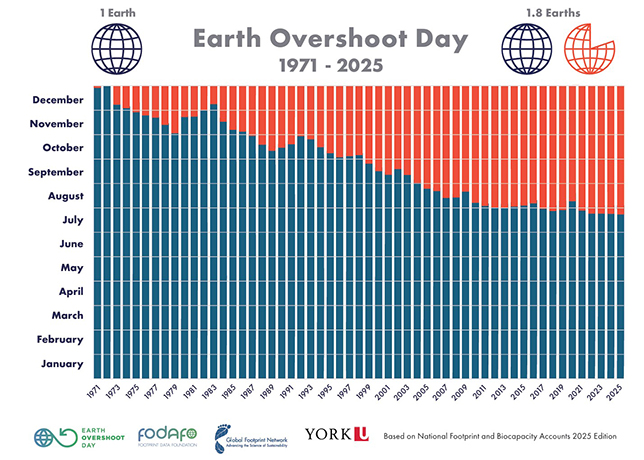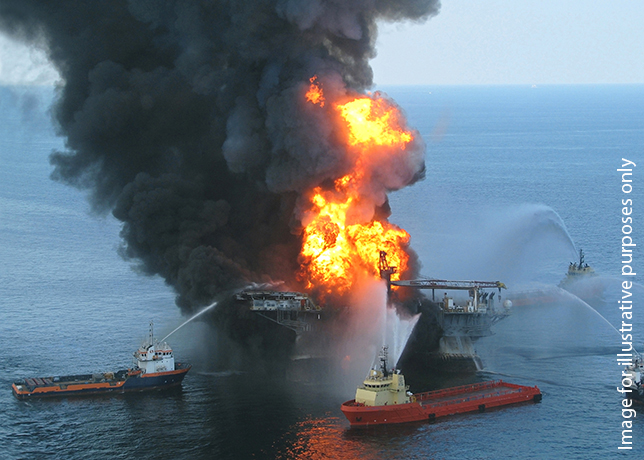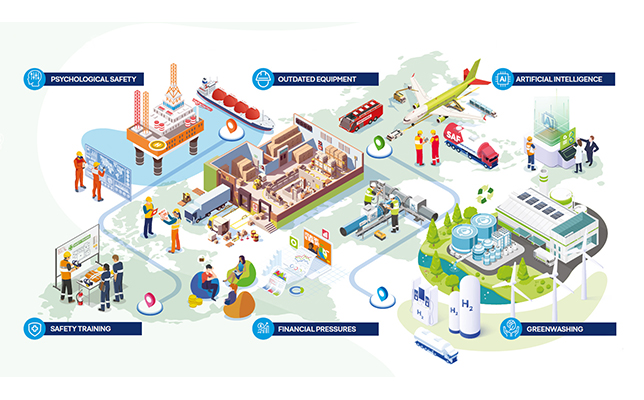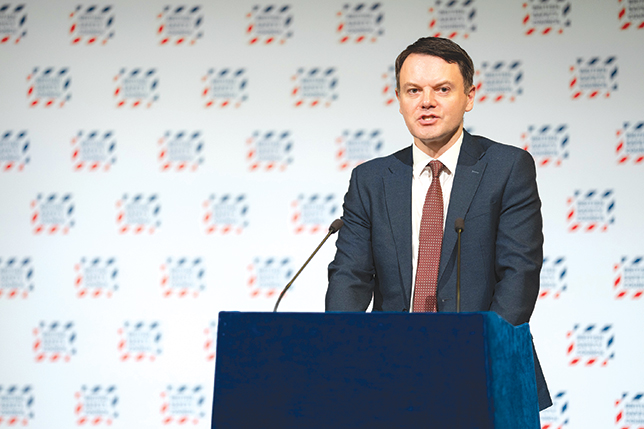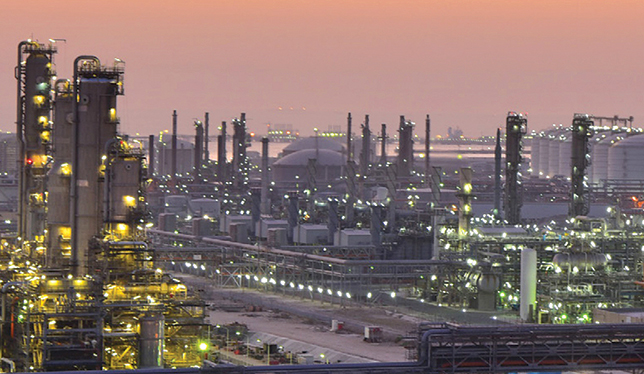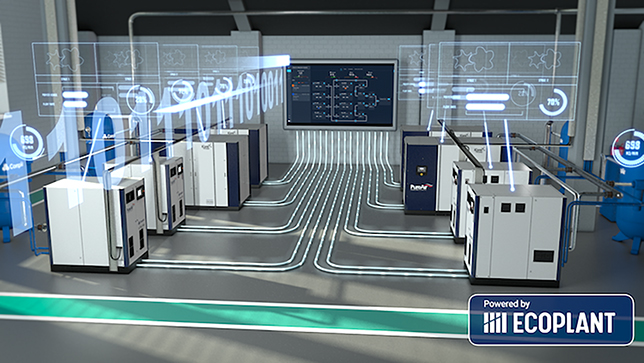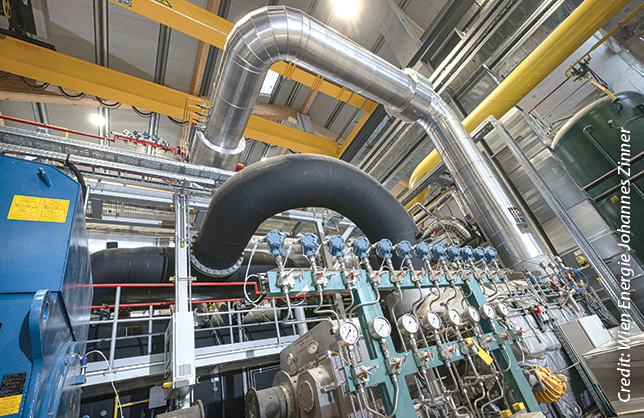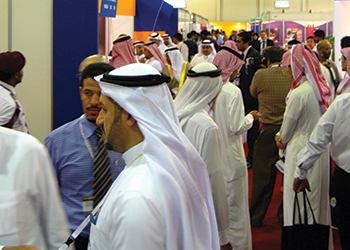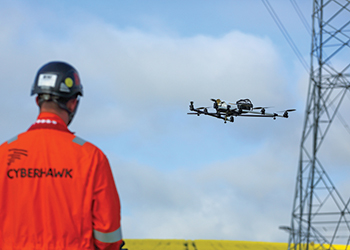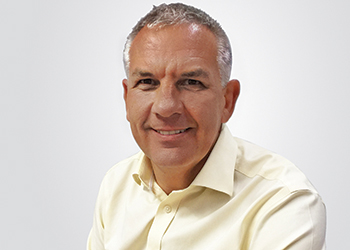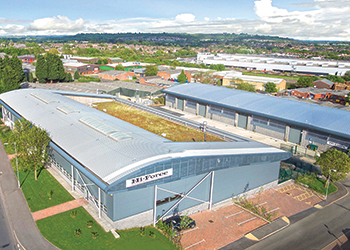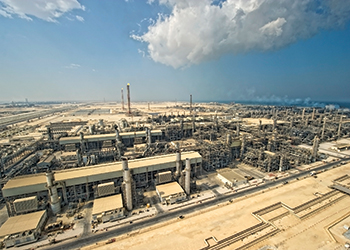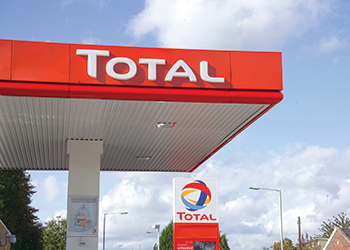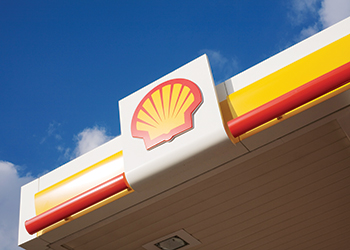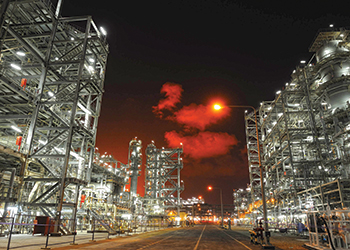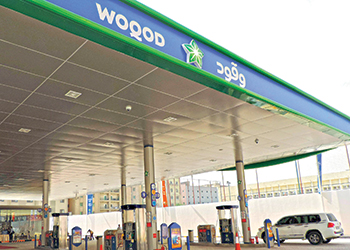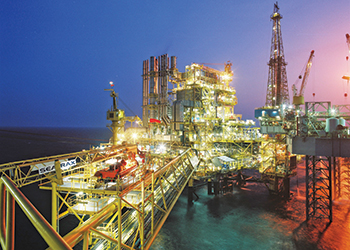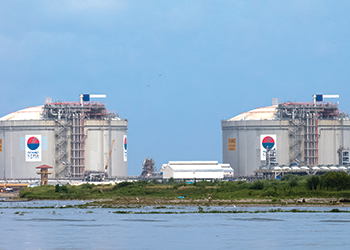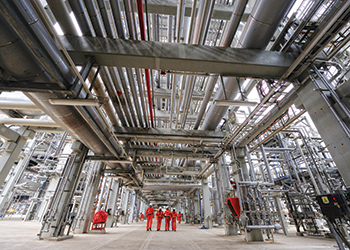
 Qatargas ... staying competitive
Qatargas ... staying competitive
Qatar has been supplying LNG to some of the newest importers including Egypt, Jordan and Pakistan, who are securing vast amounts via short term tenders as giant Qatar is becoming commercially sharper, using traders and tenders to grab new customers, and fighting to hold on to its share in the prized Asian market.
Qatar is the world’s top supplier of LNG, but in the coming five years it could be surpassed by Australia, a shift which threatens its dominance in Asia -- which accounts for almost three quarters of the global market and has paid the highest prices.
"Previously Qatar’s strategy had been about retaining price, in future it’s going to be about retaining market share," says Noel Tomnay, head of global gas and LNG research at Wood Mackenzie.
"As lots of Australian LNG comes into the market, it’s inevitably going to push out some Qatari volumes from Asia," Tomnay says.
This has prompted Qatar to work more closely with trade houses who are focused on short-term deals, often in riskier markets, while also lowering its price expectations.
"In the past Qatar did not need to be commercial. Now they are a lot more commercial, a lot sharper," says a trader at an international trade house. "They are dealing with traders more and have started participating in tenders."
With the help of trade houses, Qatar has been supplying LNG to some of the newest importers including Egypt, Jordan and Pakistan, who are securing vast amounts via short term tenders.
Qatar’s largest customers are Japan, South Korea and India. The global LNG market was based on bilateral long term deals, with contracts lasting years, but the new supply has increased uncommitted volumes, triggering more focus on ‘spot’ trade.
"Qatar as a supplier can afford to provide their long term contracts and then on top of that they have flexible LNG to attack new markets. It’s a strategy to adapt itself to the new world," a trader at an oil major says.
Trade flows illustrate the shift. Independent LNG consultant Andy Flower estimated Qatar’s exports to Asia in the first half of the year fell by around 2.7 million tonnes per year (mtpy) compared to the same period a year ago, while exports to Eastern Mediterranean countries including Israel, Jordan and Egypt were up by 0.4 mtpy and exports to Europe were up by around 2.5 mtpy.
"This suggests that they are showing increased flexibility in responding to the changes in the markets," Flower says.
Qatar was previously able to charge a premium on the basis that they were a very reliable supplier. Its major LNG producers Qatargas and RasGas produce around 77 mtpy.
"Qatargas and RasGas are no longer averse to talking about making changes to existing contractual agreements in light of the completely changed market dynamics," a source at importer Gail India says.
Meanwhile, Qatar’s second-largest LNG producer, RasGas, can weather oil prices at $30/barrel or less and meet future debt service payments despite falling revenues, Fitch Ratings says.
RasGas’ projects benefit from strong sponsors and sound economics, Fitch says. The ratings agency assumes that if required, sponsors will "provide liquidity advances to support the projects during temporary market downturns due to the strong long-term project economics." As a result, no negative rating actions are expected on RasGas’ "A+" rating with a stable outlook.
RasGas II owns three LNG trains with capacity to produce 4.7 mtpy each, while RasGas 3 owns two trains, each with 7.8 mtpy of capacity.
 |
Al Sada ... facing challenging times |
Qatar, the world’s biggest and lowest-cost LNG producer, has been hit hard by the steep fall in oil and gas prices that has eaten into government income. In October, exports of gaseous hydrocarbons such as LNG, condensate, propane and butane were down 37.5 per cent year-on-year at 13.8 billion Qatari riyals ($3.8 billion).
Fitch says RasGas’ revenues had been hit by falling sales of condensate and other oil products, which represent a third of total revenues and are impacted by oil price movements. Pricing formulae used in its long-term LNG sales and purchase agreements shielded the company’s revenues from the oil price slump, the ratings firm added.
Nonetheless, RasGas is expected to service all debt commitments from cash flow generated in 2019, if oil and LNG prices are at least $35/bbl and $3.5 per million Btu. After servicing a $1 billion bullet loan facility due in 2019, RasGas will have $2.8 billion to repay with much lower debt service requirements until it matures in 2027. "We also estimate a break-even oil price in 2016-18 of $27/bbl, equivalent to a LNG price of $2.7/mmBtu," Fitch says.
LNG major Qatargas was able to maintain "strong performance" on unit cost at 11.1 per tonne in 2015, the company revealed at its recent 17th annual Town Hall meetings.
The company achieved an "improved reliability rate" of 98.4 per cent, greenhouse gas emissions down to 25.6 per cent, and reduction of losses to 0.8 per cent of weight of intake.
The company has set its future vision to lead the industry in safety, health and environmental performance; a high calibre workforce; efficient and reliable operations; customer satisfaction; and financial performance, a presentation of Qatargas’ achievements in 2015 by the Corporate Planning Department showed.
Also this year, Qatargas delivered two commissioning LNG cargoes to Pakistan and Jordan in March and May respectively. In April, HE the Prime Minister and Minister of Interior Sheikh Abdullah bin Nasser bin Khalifa al-Thani officially inaugurated the Jetty Boil-Off Gas Recovery (JBOG) Project in Ras Laffan. The biggest project of its kind and one of the largest environmental investments in the world, the JBOG Project represented a significant milestone in Qatar’s efforts to reduce carbon emissions from its LNG industry.
The JBOG Project is part of the Common Facilities Projects at Ras Laffan Industrial City and is led and operated by Qatargas on behalf of Qatar Petroleum and RasGas. It is an environmental project to recover the gas flared during LNG loading at the six LNG berths in Ras Laffan Port.
In October, the JBOG facility achieved a major milestone by recovering jetty boil of gas from the 1,000th LNG ship. Since operations started in October2014, the JBOG facility has safely recovered approximately 535,000 metric tonnes of LNG, which is enough to power as many as 300,000 homes.
Again in April this year, marking yet another significant milestone for Qatar’s LNG industry, the 5,000th LNG cargo from the Common LNG Storage and Loading Asset in Ras Laffan Industrial City was loaded on board the Q-Flex vessel ‘Al Karaana’ at Ras Laffan port.
In September, for the first time in the Middle East and as the first industrial fire and rescue services in the world, the Emergency Management Services (EMS) and Security Department at Qatargas was awarded the distinguished "Accredited agency" status by the US-based Centre for Public Safety Excellence (CPSE) after successfully meeting the rigorous criteria set by the CPSE’s Accreditation Commission in the areas of continuous quality improvement and enhancement of service delivery.
In October 2015, charterers, Qatargas and RasGas, and their shareholders announced the successful commissioning of a gas burning M-type electronically controlled gas injection (ME-GI) system during the second phase of gas trials on the chartered Q-Max vessel - ‘Rasheeda’.
 |
RasGas ... expertly managed |
The project, sponsored by Qatar Petroleum in anticipation of global environmental legislation, is reported to have cost its stakeholders in excess of $30 million.
In the same month, Qatar Petroleum President, CEO and Qatargas chairman Saad Sherida Al-Kaabi, accompanied by Sheikh Khalid and senior officials from Qatar Petroleum and Qatargas, visited Japan and held talks with senior executives of major Japanese corporations.
The meetings and discussions focused on various aspects of existing and future cooperation between Japanese clients and partner companies and Qatar Petroleum and its companies, particularly in the LNG trade.
In November, for the second consecutive year, Qatargas’ Shipping Department won two "prestigious" awards from the British Safety Council for its "commitment to achieving excellent standards" of health, safety and environmental management.
While the fall in oil prices have hit oil dependent countries hard, Qatar’s economy has come out relatively unscathed thanks to its (not so secret) weapon liquefied natural gas (LNG).
Nothing lasts forever, but in the case of Qatar, a few things not lasting forever might turn out to be all for the best in this small country with huge reserves of petroleum and natural gas that have already made it the world’s wealthiest sovereign state (in terms of per capita GDP).
Discounting the unforeseeable, analysts say GDP looks set to double to a jaw-dropping total of $400 billion by 2022, the year the country is set to host the FIFA World Cup with great expense and fanfare. Although global economic slowdown has driven hydrocarbon prices down on reduced demand, the people of Qatar seem content to wait out the slump not that they are hurting from it, not for now, at any rate.
But even 25,244 million barrels of proven petroleum reserves and 24,531 million cu m in natural gas reserves will begin to run out towards the middle of the coming decade, at current consumption rates. Qatar’s rulers and decision makers are making sure that sustainability figures prominently in their long-term plans, on the assumption that a cyclical upturn in world markets will, in fact, occur next year.
Energy Minister Mohammed bin Saleh Al-Sada thinks it will. He says that he is convinced oil prices bottomed out in 2015 and will begin to revive as pent-up demand kickstarts the economy and global output strengthens.
The minister’s cautiously optimistic view is one that is shared by Abdullah bin Hamad Al Attiyah, a former energy minister himself and chairman of the non-profit Foundation for Energy & Sustainable Development that bears his name, which advises the government and other institutions on energy-related issues.
"I am not worried," says Al Attiyah. "Today, Qatar produces five million barrels of oil equivalents a day, excluding petrochemicals, and exports to 95 countries. We are not only exporting energy, we are also exporting finished products. For example, fertilisers. We are one of the main world producers. You will see in Qatar people trying to develop other sectors such as finance, airlines, services, airports, business and shipping. We are very active in diversification. Moreover, Qatar is the education capital of the entire Middle East. We are hosting some of the world’s best universities."
One reason why Qatar has been relatively unscathed by the slump in world oil prices is a well-timed and decisive shift in its export strategy away from petroleum in favour of liquefied natural gas (LNG) a fairly recent technological breakthrough in which the gas is refrigerated to ultra-low temperatures.


